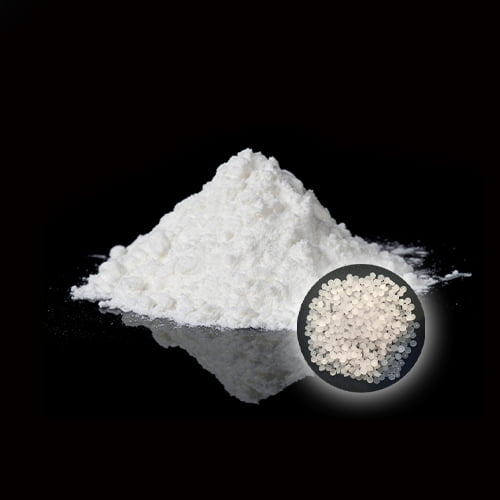Introduction
Sodium formate, also known as sodium methanoate, is a white, odorless, crystalline solid with the chemical formula CH2O2Na. It is a salt of formic acid and has a melting point of 250°C. Sodium formate is a common industrial chemical that is used in a variety of applications, including:
Food preservation: Sodium formate is used as a preservative in foods such as processed meats, cheese, and fruit juices. It helps to prevent the growth of bacteria and mold.
Chemical synthesis: Sodium formate is used as a starting material in the synthesis of a variety of chemicals, including pharmaceuticals, polymers, and pesticides.
Water treatment: Sodium formate is used to treat water in swimming pools and other aquatic facilities. It helps to control algae growth and improve water clarity.

Properties
Sodium formate is a hygroscopic compound, meaning that it absorbs moisture from the air. It is also a weak base, with a pKa of 3.75. Sodium formate is soluble in water and ethanol, but it is insoluble in most other organic solvents.
Safety
Sodium formate is generally considered to be safe for use in food and industrial applications. However, it can be harmful if ingested in large quantities. Symptoms of sodium formate poisoning include nausea, vomiting, diarrhea, and abdominal cramps. In severe cases, sodium formate poisoning can lead to seizures, coma, and death.
Production
Sodium formate is produced by the reaction of formic acid with sodium hydroxide:
HCOOH + NaOH → CH2O2Na + H2O
This reaction can be carried out in either an aqueous or non-aqueous solvent.
Uses
| Application | Description |
|---|---|
| Food preservation | Used as a preservative in meat, dairy products, and other foods. |
| Photography | Used as a developing agent in black-and-white photography. |
| Manufacture of plastics | Used as a catalyst in the manufacture of plastics such as polyformaldehyde. |
| Other applications | Used in the manufacture of adhesives, detergents, and other products. |
As mentioned above, sodium formate is used in a variety of applications. Some of its specific uses include:
Food preservation: Sodium formate is used as a preservative in foods such as processed meats, cheese, and fruit juices. It helps to prevent the growth of bacteria and mold. For example, sodium formate is used in the production of hot dogs to prevent the growth of Listeria monocytogenes, a bacterium that can cause food poisoning.
Chemical synthesis: Sodium formate is used as a starting material in the synthesis of a variety of chemicals, including pharmaceuticals, polymers, and pesticides. For example, sodium formate is used to synthesize the pharmaceutical drug aspirin.
Water treatment: Sodium formate is used to treat water in swimming pools and other aquatic facilities. It helps to control algae growth and improve water clarity. For example, sodium formate is used to treat swimming pools to prevent the growth of algae and other microorganisms.

FAQ
What are the physical properties of sodium formate?
| Property | Value |
|---|---|
| Molecular formula | HCOONa |
| Chemical structure | [O=C(O)ONa] |
| Molecular weight | 68.03 g/mol |
| Density | 1.62 g/cm3 |
| Melting point | 258 °C |
| Boiling point | 378 °C |
| Solubility in water | 100 g/100 mL (20 °C) |
Sodium formate is a white, odorless, crystalline solid with the chemical formula CH2O2Na. It has a melting point of 250°C. Sodium formate is a hygroscopic compound, meaning that it absorbs moisture from the air.
What are the safety precautions for handling sodium formate?
Sodium formate is generally considered to be safe for use in food and industrial applications. However, it can be harmful if ingested in large quantities. Symptoms of sodium formate poisoning include nausea, vomiting, diarrhea, and abdominal cramps. In severe cases, sodium formate poisoning can lead to seizures, coma, and death.
How is sodium formate produced?
Sodium formate is produced by the reaction of formic acid with sodium hydroxide:
HCOOH + NaOH → CH2O2Na + H2O
This reaction can be carried out in either an aqueous or non-aqueous solvent.
What are some specific uses of sodium formate?
Sodium formate is used in a variety of applications, including:
Food preservation: Sodium formate is used as a preservative in foods such as processed meats, cheese, and fruit juices. It helps to prevent the growth of bacteria and mold.
Chemical synthesis: Sodium formate is used as a starting material in the synthesis of a variety of chemicals, including pharmaceuticals, polymers, and pesticides.
Water treatment: Sodium formate is used to treat water in swimming pools and other aquatic facilities. It helps to control algae growth and improve water clarity.



